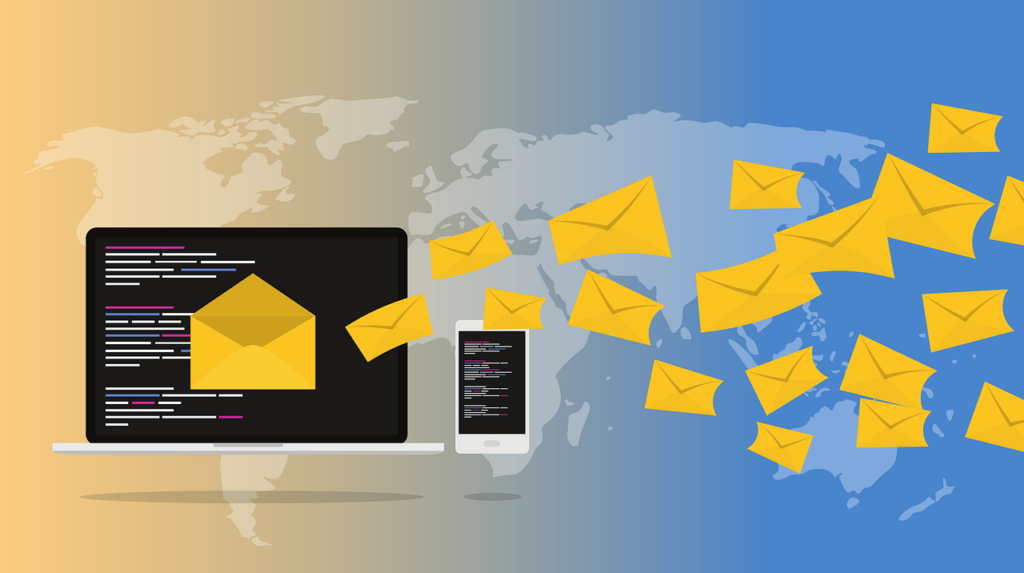Email marketing is still one of the most successful digital marketing strategies to convert clients and build relationships. Businesses benefit from high ROI as email marketing reaches their target directly. Nonetheless, to make campaigns that truly convert, a strategic approach is required. This guide explores essential tips and tricks for creating email marketing campaigns that not only engage your audience but also drive them to take action.
Know Your Audience
The first step towards running a good email marketing campaign is understanding your audience. Start by segmenting your email lists based on demographics, behavior, purchase history, and engagement levels. Segmentation makes it possible to tailor messages to different segments of audiences making emails more relevant and personalized.
Moreover, you can gain better insight into the people you are trying to reach by developing detailed buyer personas like these with information about their interests they need product ideas in this case. Thus you will have a clue of what to write about when crafting an email intended for these people.
Writing Intriguing Subject Lines
The subject line is the first thing your recipients see, and it greatly influences their decision to open your email emails’. Crafting compelling subject lines is crucial for improving your open rates. Keep your subject lines concise, clear, and intriguing., Personalization such as including the recipient’s name can make your emails stand out among others in a crowded inbox.
Creating urgency by using action words increases the rate at which people open emails where phrases such as “Don’t Miss Out,” “Limited Time Offer,” or “Exclusive Deal” prompt immediate action. Test different subject lines using A/B testing can help you identify what resonates best with your audience.
Creating Engaging Email Content
Once opened, an email should be captivating so that readers do not ignore it without reading its content. Begin with a catchy headline that tells everything about the purpose of an email and has very brief details on what the reader expects from it (including objectives). Emails should be visually appealing in terms of being concise such that they do not have too much information to read. Include a mix of texts, pictures, and videos as it makes the message more interactive.
Also, you can use personalization beyond the subject line. For example, address your recipients with their names and customize the email for each client according to their preferences and behaviors. Also, customers will appreciate when you suggest other products based on what they bought from you or send them discounts on their birthdays so that your emails seem to be relevant and appreciated.
Having a Clear Call-to-Action (CTA)
Every email should contain a clear and powerful call to action (CTA), which leads the recipient towards desired outcomes such as buying something from your website or downloading some useful resources e.g., whitepapers. Properly highlighting this CTA visually using buttons or highlighted text in your email is important.
Finally, be very direct and use action words when creating your CTA in order not to confuse readers as it does prompt immediate response e.g., “Shop Now,” “Register Today,” “Get Your Free Trial”. Always ensure that CTA links lead to well-designed landing pages that fulfill the purpose of an email hence ensuring an uninterrupted user experience.
Timing and Frequency
The timing and frequency of your emails can greatly affect their effectiveness. Sending emails at optimal times can improve open rates and engagement. Research suggests that mid-week, particularly Tuesdays and Thursdays, are ideal days for sending marketing emails. The best times often depend on your audience’s habits thus experimenting with this data will give a clue about the time-sensitivity of both days’ activities among its people who could be potential audiences in terms of sending them promotional messages through email.
Finding the right tone is also crucial. Having too many emails can lead to high rates of unsubscribing from one’s email list. When your audience does not receive enough emails, they might forget about your brand. For your audience, it is important to regularly test different frequencies and monitor these engagement metrics.
Evaluation and Optimization
Always strive for continuous testing and optimization to maximize the effectiveness of your email marketing campaigns. By A/B testing, you can compare two or more versions of an email that are slightly different at a time. To be tested include subject lines, send times, email copy, images, and CTAs.
You will need to analyze how your emails have performed using key metrics like open rates, click-through rates, conversion rates, and unsubscribe rates. They tell you what resonates with your audience and what needs improvement. Use this information to refine strategies and improve campaigns in the future.
Ensuring Deliverability
However well-crafted the emails may be they are futile if they do not reach their recipients’ inboxes. This means email deliverability success is very important for every organization’s e-mail marketing efforts. Start by maintaining a clean email list by periodically removing inactive subscribers as well as ensuring that it is built through permission-based opt-ins.
Avoid spammy language or excessive usage of exclamation marks or all caps in both your subject lines and also main body content of the e-mails being sent out. Moreover ensuring that your emails comply with regulations such as the CAN-SPAM Act as well GDPR builds trust and respect for you as an entrepreneur . In addition contracting reputable ESPs will better or enhance delivery rates of customers’ messages.
Conclusion
It remains that E-mail Marketing continues falling into place when one wants conversions driven fast while at the same time building strong relationships with clients. Understanding its target market; crafting attractive subjects; producing engaging content; and having unambiguous CTAs are among those things that make possible conversion of email campaigns into successful ones. Also testing regularly, optimizing, and delivering high is important for long-term success. This can enable businesses to make full use of their email marketing potential to achieve their marketing goals and realize significant results as well.



